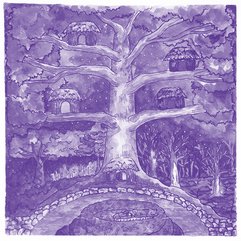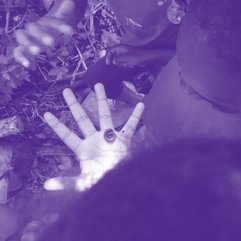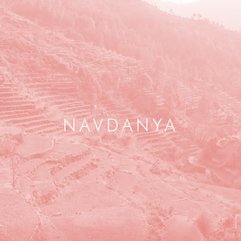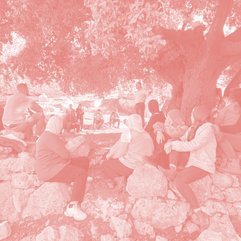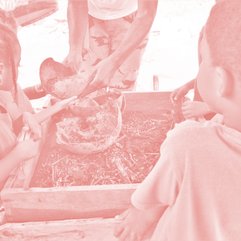Textile Stories
Tayhin, the continuous weaving of women from the Wichí community
17.00-19.00
Save the Date
all ages welcome
in German/in Spanish/in English

This workshop is fully booked.
In this Tayhin (weaving) workshop, guests Claudia Alarcón and Andrei Fernández from Textiles Semillas, North Argentina, invite you to learn about the chaguar and women from the Wichí community, from the tactile experience of getting to know the chaguar plant in the different stages of its process until it becomes thread. We invite you to rehearse in our bodies the action of spinning this plant fibre, native to the Gran Chaco, and to follow the choreography of the "yica" stitch with Claudia Alarcón, who will propose exercises to learn traditional Wichí weaving, while Andrei Fernández will invite us to review the images reproduced in the textiles of the peoples of the Gran Chaco, pointing out some repetitions that show the construction and maintenance of an untranslatable meaning.
In the Wichí language, the act of weaving can only be described as a continuous action: tayhin (to weave) is an intransitive verb that can also refer to building, reconstructing and healing. By “weaving images together, women from the Wichí community construct, reconstruct and heal memories and imaginations as part of a long-term continuity”*.
The chaguar plant** has always been fundamental to women from the Wichí community. They live with this plant, which is as much a part of the forest as they are. They tell different stories about how the chaguar never ceases to surprise them. For the forms it can take, for everything it can do, the chaguar is a teacher and a support.
Wichí memory tells us that the women came from the sky, that they descended with the help of a chaguar thread. Before they were women, they were stars, and today, when they weave, they caress the radiance that was taken from them, while the chaguar transmits messages to them through its fragrance.
* Demóstenes Toribio
** Chaguar is the name of several related species of South American plants of the family Bromeliaceae, which are non-woody forest plants with sword-shaped evergreen leaves, resembling yucca. The different varieties grow in the semi-arid parts of the Gran Chaco ecoregion.





